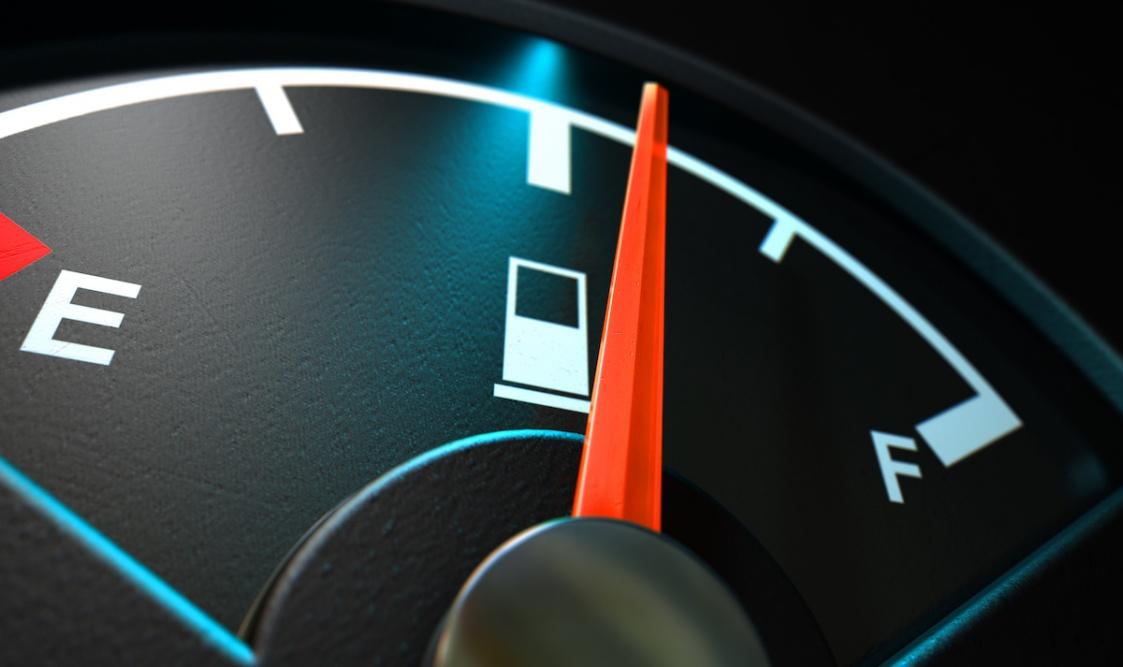
As gas prices increase, drivers are always looking for ways to improve gas mileage. There are some well known tips and tricks out there, and also a few others that aren’t quite as well known. Here are a few ways to improve gas mileage and, as a result, take better care of your car as well.
1. Make sure tires are properly inflated
One of the easiest (and often neglected) ways to improve your gas mileage is to make sure your tires are properly inflated. Having your tires inflated to the manufacturer guidelines (erring slightly on the side of overinflation, if necessary) will help reduce rolling resistance. Rolling resistance is the force resisting the motion of something (whether it’s a tire, a wheel or a ball) when it rolls on a surface.
If tires are properly inflated, it reduces the amount of rolling resistance the tire faces, which means that your car’s engine doesn’t have to work as hard to get the tires to roll. Reduced rolling resistance doesn’t just save you gas, either. It also protects your tires from additional wear and tear, increasing their lifespan.
Keep a tire pressure gauge handy in your car so you can keep an eye on your pressure and know when you need some air, or keep an eye out for the low tire pressure signal on your dash, if you have one.
2. Be slow to accelerate and decelerate
Accelerating slowly and decelerating slowly, in addition to driving at reasonable speeds, are part of driving defensively. While you should already drive defensively to help avoid chances for a potential accident or collision, driving defensively will also help save you some gas.
As you probably know, trying to get your car to accelerate quickly burns more fuel than accelerating slowly. When you accelerate quickly, your car has to fight against more drag, or wind resistance, than if you accelerate slowly. Fighting against this resistance burns more fuel. Your car burns more fuel when you have to suddenly brake as well. To save some gas, and possibly your fender, too, drive with a little more caution.
3. Improve aerodynamics
Improving the aerodynamics on your car will contribute to less wind resistance, which means your car won’t have to work as hard to move forward, which means it’ll use less gas. To an extent, there’s only so much you can do to improve the aerodynamics of your vehicle. But you can avoid adding extra resistance to your vehicle by, whenever possible, carrying cargo or items inside your car rather than on a roof rack. Not having a large pack or any other items strapped to the roof of your car will improve your car’s aerodynamics and, therefore, its gas mileage. Speaking of carrying things…
4. Carry less weight
While you should try to carry things inside your car to help improve mileage, your mileage will also improve with carrying less weight. The heavier the weight of your car, the more fuel you need to power it. While you can’t do much about the weight of the vehicle itself, you can try to reduce the weight of items you carry around. So, pack a little lighter, if you can, and don’t leave items in your car for trips where they’re not needed.
5. Avoid traffic
We know—it’s easier said than done. But, as you might imagine, you use more gas on any commute if you spend time idling in traffic. If you can, try to plan alternate routes or schedule trips at times that might be less heavily trafficked.
6. Use the manufacturer recommended gasoline grade
Choosing the more premium gas options when you fill up doesn’t necessarily mean that you’re going to get more mileage for your buck. The same goes for your motor oil. In both cases, you want to use the kind that’s recommended by the manufacturer to run the best in your car’s engine. Using fuel and motor oil that your engine is built to run on means it won’t have to work as hard to run, and less work requires less fuel.
It’s also important when you’re fueling up to make sure your gas cap is sealing tightly. Gas cap seals will break down over time, and a broken seal allows air to leak into the gas tank. This air enters the engine as it tries to pull gas from the tank and, as a result, it needs to burn more gas. Gas caps are fairly simple and inexpensive to replace, so there’s no reason not to make sure you’ve got a cap that seals tightly.
7. Keep up with regular maintenance
You should be doing it anyway, but keeping up with regular maintenance will help you stay on top of issues that can affect your gas mileage, such as changing fuel and air filters, replacing spark plugs, getting regular oil changes and otherwise keeping your engine in tune and following the advice of your auto body shop. Obviously, anything that helps your car and your car’s engine run better is going to help with fuel efficiency, as well as the lifespan of your vehicle
By making use of these ways to improve gas mileage, you’ll not only increase your fuel efficiency, but you’ll also make sure your car is running better in general.

